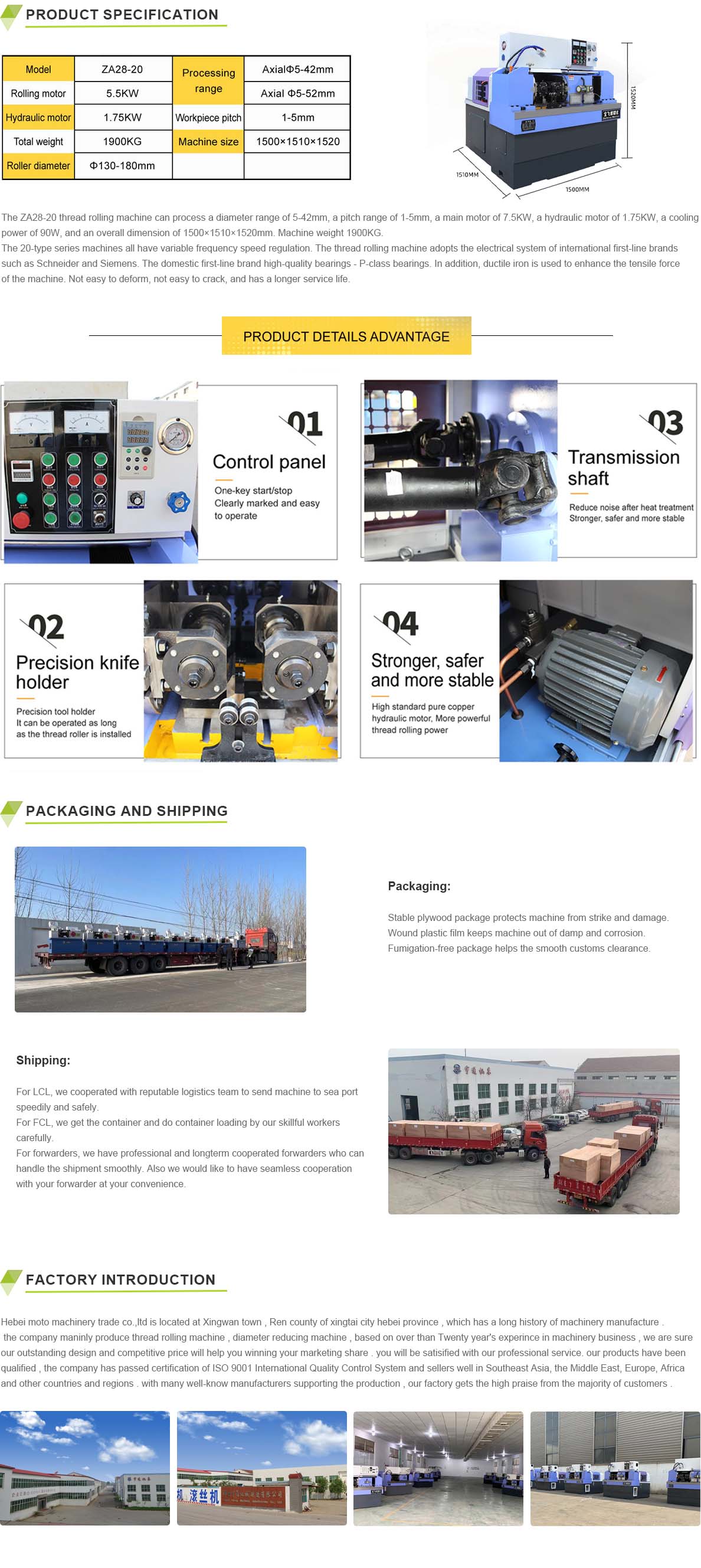
-
 Afrikaans
Afrikaans -
 Albanian
Albanian -
 Amharic
Amharic -
 Arabic
Arabic -
 Armenian
Armenian -
 Azerbaijani
Azerbaijani -
 Basque
Basque -
 Belarusian
Belarusian -
 Bengali
Bengali -
 Bosnian
Bosnian -
 Bulgarian
Bulgarian -
 Catalan
Catalan -
 Cebuano
Cebuano -
 Corsican
Corsican -
 Croatian
Croatian -
 Czech
Czech -
 Danish
Danish -
 Dutch
Dutch -
 English
English -
 Esperanto
Esperanto -
 Estonian
Estonian -
 Finnish
Finnish -
 French
French -
 Frisian
Frisian -
 Galician
Galician -
 Georgian
Georgian -
 German
German -
 Greek
Greek -
 Gujarati
Gujarati -
 Haitian Creole
Haitian Creole -
 hausa
hausa -
 hawaiian
hawaiian -
 Hebrew
Hebrew -
 Hindi
Hindi -
 Miao
Miao -
 Hungarian
Hungarian -
 Icelandic
Icelandic -
 igbo
igbo -
 Indonesian
Indonesian -
 irish
irish -
 Italian
Italian -
 Japanese
Japanese -
 Javanese
Javanese -
 Kannada
Kannada -
 kazakh
kazakh -
 Khmer
Khmer -
 Rwandese
Rwandese -
 Korean
Korean -
 Kurdish
Kurdish -
 Kyrgyz
Kyrgyz -
 Lao
Lao -
 Latin
Latin -
 Latvian
Latvian -
 Lithuanian
Lithuanian -
 Luxembourgish
Luxembourgish -
 Macedonian
Macedonian -
 Malgashi
Malgashi -
 Malay
Malay -
 Malayalam
Malayalam -
 Maltese
Maltese -
 Maori
Maori -
 Marathi
Marathi -
 Mongolian
Mongolian -
 Myanmar
Myanmar -
 Nepali
Nepali -
 Norwegian
Norwegian -
 Norwegian
Norwegian -
 Occitan
Occitan -
 Pashto
Pashto -
 Persian
Persian -
 Polish
Polish -
 Portuguese
Portuguese -
 Punjabi
Punjabi -
 Romanian
Romanian -
 Russian
Russian -
 Samoan
Samoan -
 Scottish Gaelic
Scottish Gaelic -
 Serbian
Serbian -
 Sesotho
Sesotho -
 Shona
Shona -
 Sindhi
Sindhi -
 Sinhala
Sinhala -
 Slovak
Slovak -
 Slovenian
Slovenian -
 Somali
Somali -
 Spanish
Spanish -
 Sundanese
Sundanese -
 Swahili
Swahili -
 Swedish
Swedish -
 Tagalog
Tagalog -
 Tajik
Tajik -
 Tamil
Tamil -
 Tatar
Tatar -
 Telugu
Telugu -
 Thai
Thai -
 Turkish
Turkish -
 Turkmen
Turkmen -
 Ukrainian
Ukrainian -
 Urdu
Urdu -
 Uighur
Uighur -
 Uzbek
Uzbek -
 Vietnamese
Vietnamese -
 Welsh
Welsh -
 Bantu
Bantu -
 Yiddish
Yiddish -
 Yoruba
Yoruba -
 Zulu
Zulu
Innovative High-Speed Thread Rolling Machines for Efficient Production Processes
The Evolution and Importance of High-Speed Thread Rolling Machines
In the world of manufacturing, precision and efficiency are paramount. Among the myriad of techniques employed to produce high-quality threaded components, high-speed thread rolling machines stand out due to their remarkable ability to generate threads rapidly while maintaining exceptional accuracy. This article explores the significance, functionality, and advancements of high-speed thread rolling machines in modern manufacturing.
Understanding Thread Rolling
Thread rolling is a cold-forming process that involves the creation of threads through the deformation of material. Unlike other methods such as cutting or grinding, thread rolling preserves the material’s microstructure, leading to enhanced mechanical properties. High-speed thread rolling machines perform this operation using specially designed dies, which press a workpiece between them, forming the required threads through compressive force.
The Benefits of High-Speed Thread Rolling Machines
1. Increased Production Rates One of the primary advantages of high-speed thread rolling machines is their ability to produce threads at much higher speeds compared to traditional methods. This efficiency is crucial in high-volume production environments, such as the automotive and aerospace industries, where timely delivery of components is essential.
2. Quality and Precision High-speed machines are engineered to maintain tight tolerances and high-accuracy threading. The cold-forming process reduces the risk of defects commonly associated with machining, such as burrs and micro-cracking. Consequently, parts produced via thread rolling often display superior surface finishes and dimensional consistency.
3. Material Savings By using the cold-forming method, manufacturers experience minimal material wastage. The process not only shapes the thread but also enhances the material's density, strength, and fatigue resistance, allowing for the production of lighter yet robust components.
famous high speed thread rolling machine

4. Versatility Modern high-speed thread rolling machines can accommodate a range of materials, including steel, aluminum, and brass. They are capable of producing various thread profiles and sizes, making them suitable for diverse applications in industries such as electronics, construction, and medical devices.
Technological Advancements
The evolution of high-speed thread rolling machines has been marked by innovations that enhance their functionality further. Recent advancements include
- Automated Controls The integration of advanced control systems allows for greater automation in thread rolling processes. Automated machines minimize human intervention, thereby reducing the potential for errors and maximizing production efficiency.
- Smart Technology Incorporating IoT (Internet of Things) technology enables manufacturers to monitor machine performance in real-time, predicting maintenance needs and reducing downtime. Data analytics can also help optimize production parameters for improved output.
- Energy Efficiency New designs focus on energy-efficient operations, reducing operational costs and environmental impacts. These machines often come equipped with energy recovery systems that recycle energy, making them more sustainable choices for manufacturers.
Conclusion
High-speed thread rolling machines are a cornerstone of modern manufacturing, providing a combination of speed, precision, and cost-efficiency that traditional machining methods often cannot match. As industries continue to demand high-quality threaded components in shorter lead times, the role of these machines becomes increasingly critical. Embracing technological advancements will only enhance their capabilities further, ensuring that they remain indispensable tools in the quest for manufacturing excellence. As we look to the future, the commitment to innovation in high-speed thread rolling technology will undoubtedly shape the landscape of manufacturing, driving efficiency and quality to unprecedented heights.
